Bragi announced its Dash earphones at CES in 2015, when wireless Bluetooth headsets were still relatively niche. Since then we’ve seen Apple, Samsung and other companies launch their own “truly wireless” headphones, prompting Bragi to give the market another pop with a less expensive, more awkwardly named version with “The Headphone” ($149). Its root cord-free buds.
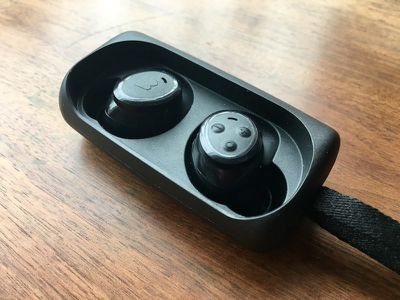
Announced last September, two days before Apple’s iPhone 7 event, the headphones only started shipping in January, so Bragi had plenty of time to work out any last-minute issues. Not that there should be any. The headphone buds are much less ambitious than the Dash.
For one they don’t have touch-sensitive controls. Bragi has also removed the internal music player, heart-rate monitoring and fitness tracking features found on the company’s original wireless buds. Are they susceptible to the same connectivity issues that initially plagued Dash? And how do they compare to Apple’s AirPods? Let’s find out.
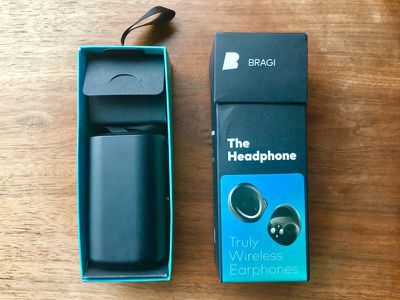

Design and features
Bragi has chosen to go with a more minimal packaging style for its latest audio product compared to the Dash. They come in a compact rectangular cardboard box about the size of a cigarette pack, with a top that you can slide out of an interior compartment.
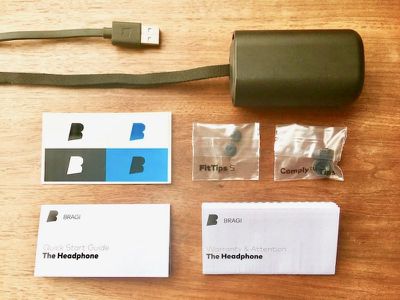

Tucked inside is a black carry case with a lanyard, a micro-USB to USB-A charging cable, two pairs of FitTips (small, medium), a pair of large Compli foam eartips, a quick start guide, warranty information and some stickers. A quick look at the documentation looks like there’s no accompanying Bragi app for these buds, and no obvious way to update the firmware.
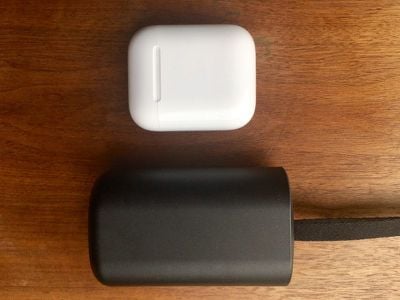

Despite the carry case being all-plastic (as opposed to the metal Dash case) and significantly larger and less pocketable than Apple’s AirPods case, it actually feels a bit lighter in the hand. There’s a good reason for that, though — unlike the Dash and AirPods, the headphone case packs zero charging power.
Another thing that sets the headphone apart from the Dash Buds and AirPods is its lack of waterproofing. Luckily the buds are splash-resistant though, so they’ll be fine for sweaty ears and running in the rain.
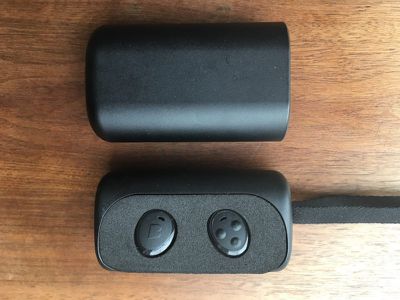

The earpieces don’t look very “premium” at first glance, but a closer look reveals a neat ergonomic curve, with a slight arm protruding from the body of each bud where the ear tip and driver are located. Overall they feel solid, yet lightweight and balanced in the hand, despite all the button controls being located on the right earpiece.
Using three physical buttons, you can skip tracks, take calls, issue voice commands through Siri, and activate audio transparency (more on that later). The only feature on the left bud is a small raised Bragi logo behind it.
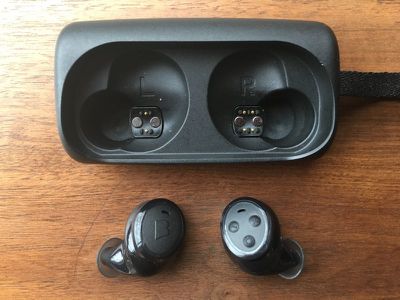

The buds line up with the gold charging contacts and magnets inside the case and pop back in easily, but they don’t automatically turn off while inside, so you won’t be caught out if you’re used to a case with a built-in battery charging feature. With the case buds and the case connected to a power source via the USB cable, the LEDs on both earpieces blink until fully charged, then stay lit.
performance
Pairing the headphones is pretty straightforward. Pressing and holding the power button sets off a flashing arc of light on the right bud, kicking in the near field magnetic induction and connecting the pair together, and they show up as a single headset in your Bluetooth settings.
Using the large compli tips, the buds fit into my ear cavity nice and smooth – maybe too smooth. The buds never threatened to loosen themselves when I was out running, or pop off my logs during circuit training exercises, but the drawbacks of this level of security turned into my sense of relief after removing them.
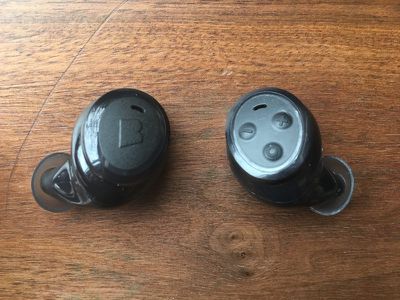

The earbuds aren’t uncomfortable to wear properly, but after wearing the loose-fitting AirPods for an extended period of time, the embedded seal of the headphone bud compresses a bit. This sensation is not really reduced by using smaller FitTips.
On the upside, the headphone buds are much easier to hide or disguise than AirPods, if that’s a concern, and they do a better job of blocking out ambient noise than Apple’s wireless buds, which hang out in a sort of hollow. Let your ears and any old noise around you.
The Bluetooth connection between my iPhone and headphones was also very reliable during the run, even with my phone secured to the small of my back in the waistband. The connection was even stronger when I dropped it between two adjacent rooms indoors, so it’s safe to say they have at least one on the main dash.
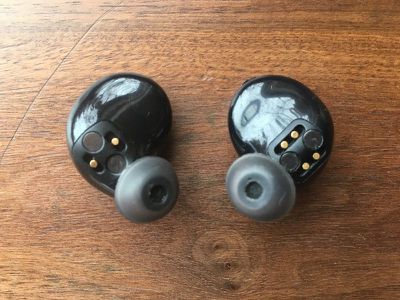

The audio transparency feature lets you filter out ambient noise when you want to hear it. A long press on the volume up/down button turns the feature on/off. I honestly didn’t get much out of it. The sounds it allowed through were in the high-pitch range and didn’t significantly increase my awareness of my surroundings; It just made the sounds around me more confusing.
With the original Dash headphones, swipes and taps on the buds’ touch panel controlled music playback, while gestures let users nod or shake their head to accept or reject phone calls, all of which can work randomly or feel too sensitive to practice.
With no physical buttons and no gestures, The Headphone Buds have none of these issues and as a result they respond much better, although the buttons don’t “click” much and you can push the earpieces further into your ears when you press them, which is a nice touch. Not sensation. The location of the buttons takes some getting used to once they’re in the bud, but moving them pauses your music and puts them in resume playback, so there’s probably a sensor stuck inside them, which came as a neat surprise.
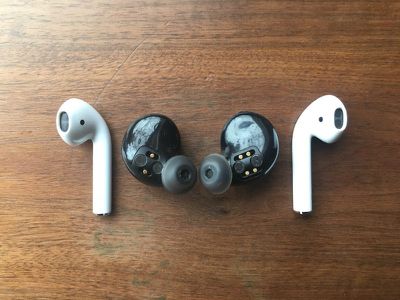

The original Braggy Dash had a battery life of three hours; The headphone managed about five and a half hours in my tests, just shy of the stated six. That’s slightly more than Apple’s Wireless Buds, but the difference is negated by the AirPods’ carry case, which can hold an extra 24 hours of charge and quick-charge the pods in 15 minutes for an extra 2 hours of juice. Once you lose that advantage, you’ll miss it fast.
In terms of sound quality, the bass on the headphones was a little too much for my liking, and seemed to overpower other aspects of certain types of music. Hip-hop and dance were fine, but instrumentals and jazz sounded awful, and there was some faint distortion at the top end. I definitely like the clarity and openness of the AirPods.
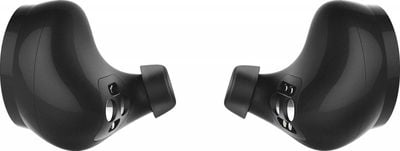

On the other hand, taking calls through them was fine. Speech sounded clear enough, and I was told that my voice came through loud and clear. The buds’ integrated mic isn’t good enough to pinpoint text messages, but it works well for calls in a moderately quiet environment.
bottom line
The W1 may lack Apple features like seamless device pairing and an on-the-go charging case, but at $10 less than AirPods, Bragi’s headphones are a viable, discreet option for anyone interested in going “truly wireless.” Convinced by what Apple has to offer.
Sound quality isn’t amazing by any stretch, but these are relatively inexpensive discrete Bluetooth buds and should satisfy most users as long as they accept that they’re buying into an audio compromise for the convenience of not having to worry about cables.
professional
- Invisible to the ear
- Very secure fit
- Strong Bluetooth connectivity
- Decent battery life
cons
- Sound quality is so-so
- The case does not hold any backup charges
- The audio clarity feature requires fine tuning
- Pressing the in-ear button can be a faff
How to buy
Bragi’s headphones cost $149 and can be ordered from the company’s website.
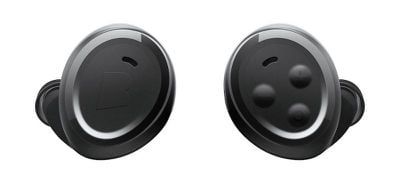

Note: Headphones provided by Bragi MacRumors For the purpose of this review. No other compensation was received.
